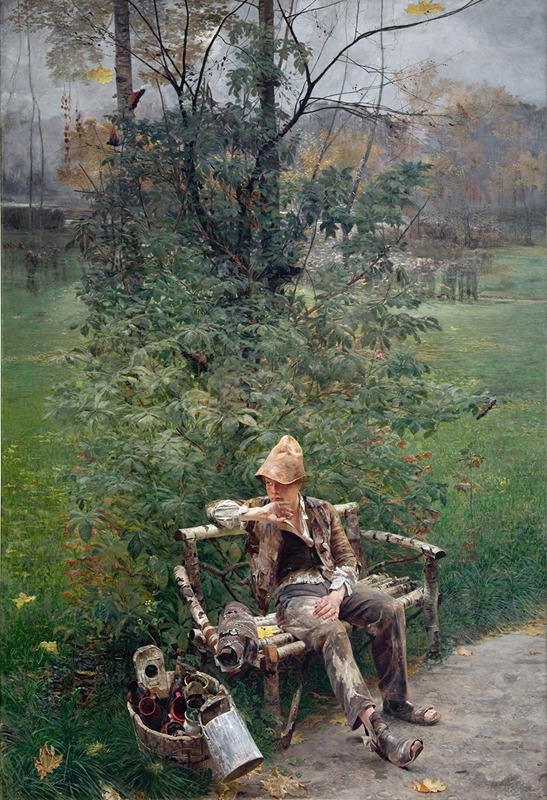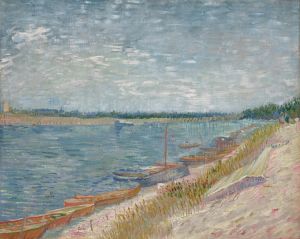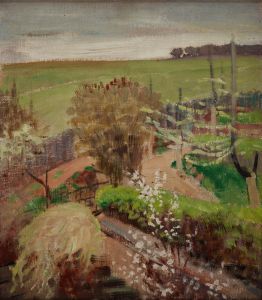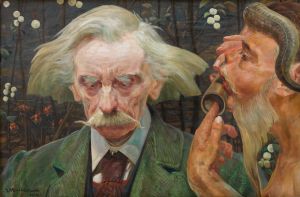
A Painter’s Apprentice
A hand-painted replica of Jacek Malczewski’s masterpiece A Painter’s Apprentice, meticulously crafted by professional artists to capture the true essence of the original. Each piece is created with museum-quality canvas and rare mineral pigments, carefully painted by experienced artists with delicate brushstrokes and rich, layered colors to perfectly recreate the texture of the original artwork. Unlike machine-printed reproductions, this hand-painted version brings the painting to life, infused with the artist’s emotions and skill in every stroke. Whether for personal collection or home decoration, it instantly elevates the artistic atmosphere of any space.
"A Painter’s Apprentice" is a notable work by the Polish artist Jacek Malczewski, who is recognized as one of the most prominent figures in the Young Poland movement. Malczewski, born on July 15, 1854, in Radom, Poland, is celebrated for his symbolic and often allegorical paintings that explore themes of Polish identity, history, and mythology.
Jacek Malczewski's oeuvre is characterized by its rich symbolism and exploration of national themes, often reflecting the socio-political context of Poland during his lifetime. He was deeply influenced by the Romantic tradition and the Symbolist movement, which is evident in his use of allegory and mythological references. Malczewski's works frequently incorporate elements of Polish folklore and history, serving as a medium for expressing national sentiment during a time when Poland was partitioned and lacked political sovereignty.
"A Painter’s Apprentice" exemplifies Malczewski's unique style, which blends realism with symbolic elements. The painting depicts a young apprentice, presumably engaged in the act of learning or creating art. This subject matter reflects Malczewski's interest in the role of the artist and the creative process. The apprentice is often seen as a metaphor for the artist's journey, symbolizing the development of skill, creativity, and the pursuit of artistic mastery.
Malczewski's use of color and composition in "A Painter’s Apprentice" is indicative of his broader artistic approach. He often employed a vivid palette and dynamic compositions to convey emotional depth and narrative complexity. The painting may also include symbolic motifs that invite viewers to interpret the underlying messages or themes, a common feature in Malczewski's work.
Throughout his career, Malczewski was associated with the Young Poland movement, which sought to revive Polish art and culture during a period of political oppression. His works often reflect a deep sense of patriotism and a desire to preserve Polish cultural identity. As such, "A Painter’s Apprentice" can be viewed not only as a depiction of an individual artist's journey but also as a broader commentary on the cultural and national aspirations of Poland at the time.
Jacek Malczewski's contributions to Polish art have left a lasting legacy, and his works continue to be celebrated for their artistic merit and cultural significance. "A Painter’s Apprentice" remains an important piece within his body of work, illustrating his mastery of symbolism and his commitment to exploring themes of identity, creativity, and national pride. Malczewski passed away on October 8, 1929, in Kraków, Poland, but his influence endures in the world of art, particularly within the context of Polish cultural history.


















